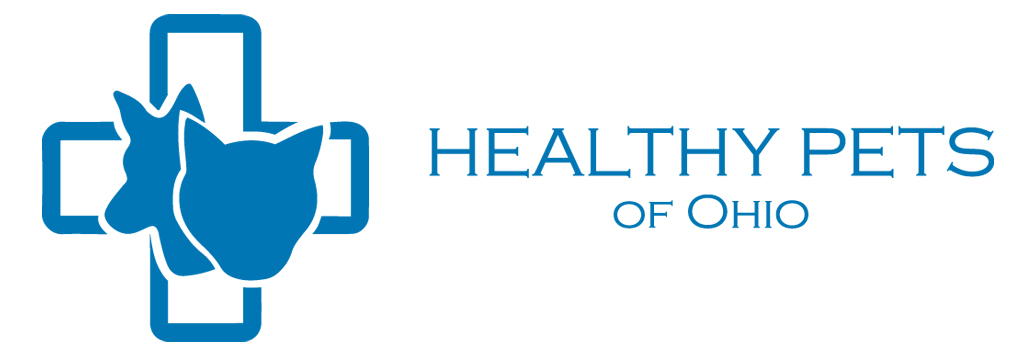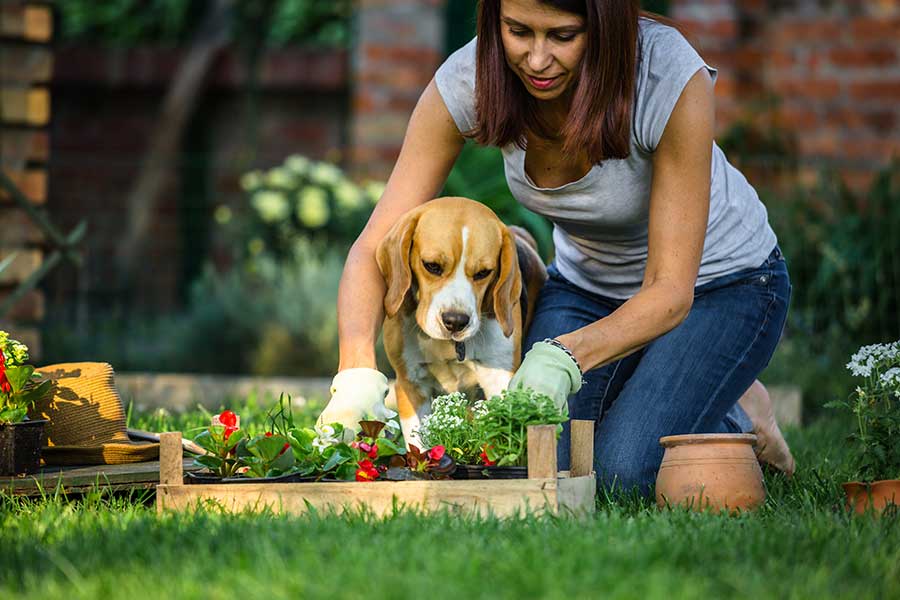Gardening is a joy that many of us share, but if you have pets, creating a garden that is safe and enjoyable for them is essential. Pets, like children, often explore the world with their noses and mouths, and an unsafe garden can pose serious risks. Here are key tips from Healthy Pets of Ohio to help you create a pet-friendly garden that’s both beautiful and safe for your furry family members.
Choose Non-Toxic Plants – Many common garden plants can be toxic to pets if ingested. Before planting anything, research its safety in relation to your pets. Here are some popular non-toxic options:
- Sunflowers
- Snapdragons
- Roses (ensure thorns are trimmed)
- Petunias
- Zinnias
Avoid plants like lilies, sago palm, and oleander, which are highly toxic to pets.
Avoid Harmful Chemicals – Opt for natural and organic fertilizers, pesticides, and herbicides. Many common garden chemicals can be harmful or even fatal to pets if ingested. Look for pet-safe products, or better yet, use home remedies like vinegar for weed killing and soapy water for pest control.
Secure Fencing – Ensure your garden has secure fencing to keep your pets in and unwanted animals out. Check for gaps regularly, as some pets can be quite persistent when they see something interesting on the other side.
Provide Shade and Water – Gardens can become hot and expose pets to heat stress. Ensure there are plenty of shaded areas where your pet can cool down. Adding a water feature that pets can access, like a shallow pond or a pet-safe water fountain, can also enhance their garden experience while keeping them hydrated.
Create Pathways – Pets, especially dogs, often love to patrol. Creating pathways in your garden can help direct where your pet walks, reducing trampling on plants and flowers. Pathways can be made from pet-friendly materials like smooth pebbles or flat stones that will be gentle on their paws.
Steer Clear of Sharp Objects – Avoid using cocoa mulch, which can be toxic if eaten by pets, and avoid sharp-edged decorations or tools lying around which could injure your pet.
Include Fun Elements – Consider incorporating elements that your pet can enjoy. For dogs, a digging box can provide a designated area to satisfy their digging urges. For cats, a catnip corner can be a delightful treat. Bird-safe houses and baths can attract wildlife that pets will love to watch.
Maintain Regularly – Keep your garden tidy and free of debris to avoid any hazards. Regular maintenance also helps to keep pests away and ensures plants remain healthy and non-toxic.
A pet-friendly garden doesn’t mean sacrificing beauty. With careful planning and consideration, you can create a space that is safe and enjoyable for all members of your family, paws included. By choosing the right plants and materials, and by maintaining a safe environment, you’ll ensure that your garden provides joy and security to your furry friends all year round.

